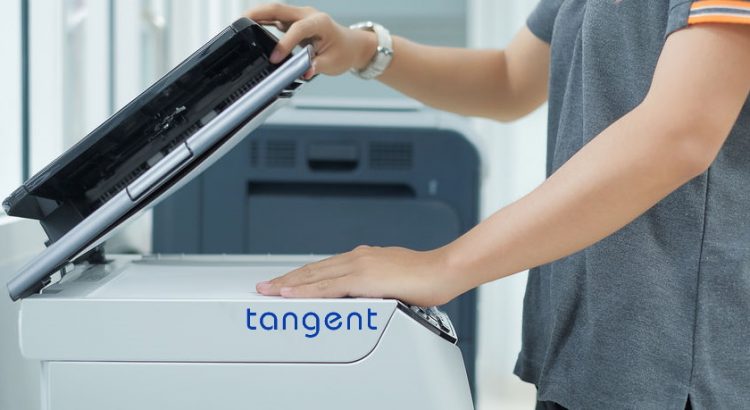If you wanted to buy something off your favorite online shop, and the only way to get your receipt was via fax, would you still buy it? Chances are you would, but forgo collecting your receipt altogether. The matter of the fact is that fax machines are (and have been) outdated for decades. But despite […]
Tag: electronic health records

How To Prevent Critical Electronic Health Records Mistakes
There’s no doubt that medical grade computers have made hospitals safer, more productive environments to treat patients. From their antimicrobial coating which mitigates the growth of nosocomial infection causing bacteria to their robust IP certified water resistance, medical grade computers have made a lasting impact on the quality of care provided to patients. Sadly, […]
